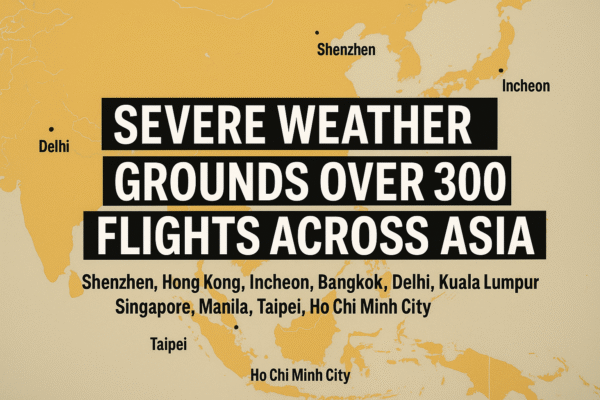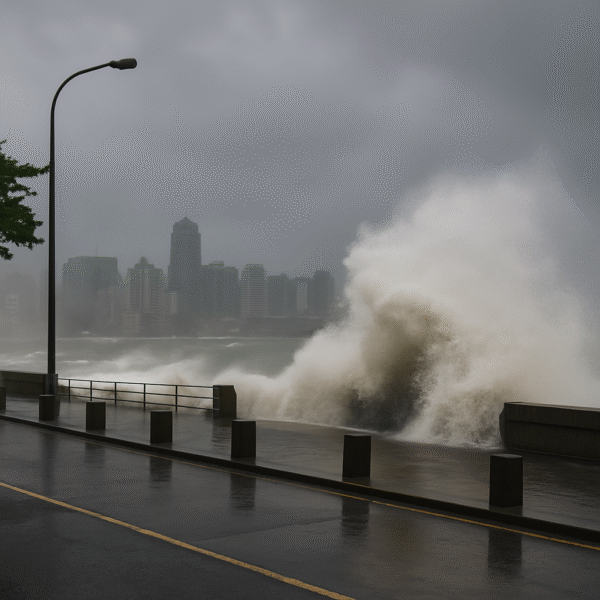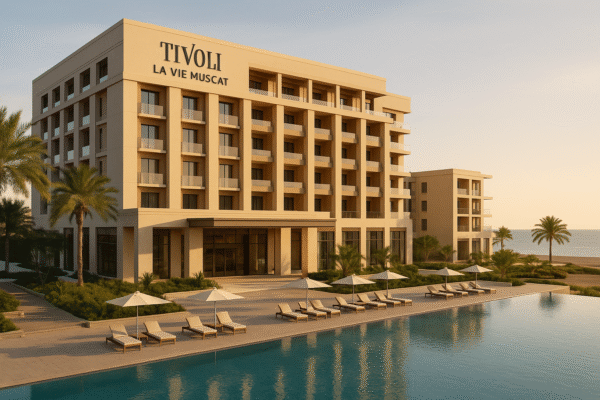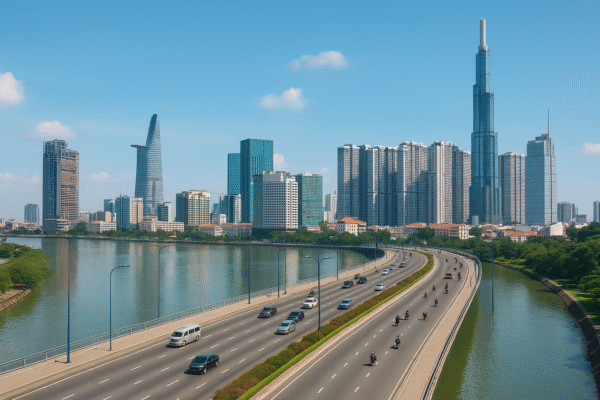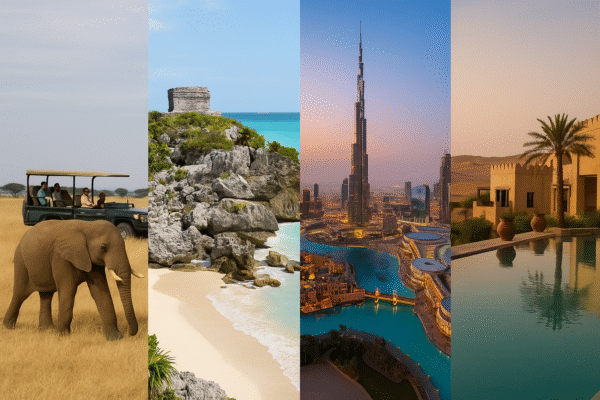Vietnam Positions Itself as Southeast Asia’s Next Medical Tourism Powerhouse
Vietnam is fast becoming a serious contender in Southeast Asia’s competitive medical tourism industry, fueled by strategic government investment, rising healthcare standards, and a unique blend of affordable care and cultural charm. The nation is ramping up efforts to become a regional leader by developing hospitals that meet international standards and offering medical services at prices that are up to 70% lower than those in Western countries.
As global travelers increasingly seek destinations that combine advanced healthcare with vacation-worthy surroundings, Vietnam’s emergence is timely and promising.
Southeast Asia’s Medical Tourism Boom — and Vietnam’s Competitive Edge
Southeast Asia has emerged as a hub for medical tourism thanks to the region’s affordability, qualified healthcare professionals, and rapid advances in medical technology. While countries like Thailand, Malaysia, and Singapore have traditionally dominated the scene, Vietnam is now making bold moves to claim its share of the lucrative sector.
According to the Vietnam National Administration of Tourism, the country welcomed over 300,000 international visitors seeking medical care annually before the pandemic. Post-COVID recovery efforts have not only revived interest in medical travel but also prompted policymakers to double down on infrastructure development.
Vietnam’s key strengths lie in specific sectors such as cosmetic surgery, dental care, orthopedic procedures, and cardiology. Costs for procedures in Vietnam can be 60%–70% lower than in the U.S., Canada, or Australia—without compromising quality. For example, a dental implant that may cost USD $3,500 in the U.S. can be done in Vietnam for under USD $1,000, often using the same global-grade materials and equipment.
Upgrading Healthcare Facilities to International Standards
Vietnam’s medical sector has seen considerable investments from both public and private sectors. State-of-the-art hospitals and clinics in cities like Ho Chi Minh City and Hanoi are being equipped with robotic surgery systems, telemedicine capabilities, and minimally invasive surgical technologies.
Hospitals such as Vinmec International Hospital and FV Hospital in Ho Chi Minh City have received international accreditation from the Joint Commission International (JCI), a key benchmark for global healthcare quality.
Digital health solutions are also being adopted nationwide, enabling better patient data management and teleconsultation services, which are increasingly important for international travelers planning complex treatments abroad.
Government Support and Strategic Partnerships
The Vietnamese government has rolled out a proactive strategy to encourage medical tourism. This includes policy support for foreign investments in healthcare, public-private partnerships, and simplified medical visa procedures.
Vietnam has also signed numerous Memorandums of Understanding (MoUs) with international hospitals and universities for skill development and the transfer of medical technologies. These partnerships enhance the capabilities of local healthcare providers and ensure that Vietnamese hospitals meet international standards.
Medical tourism zones have been planned in major cities, offering integrated services that combine diagnostics, treatment, and rehabilitation with accommodation and local experiences.
Wellness and Anti-Aging Tourism: A Growing Niche
Vietnam is capitalizing on the growing trend of wellness tourism, particularly in anti-aging medicine. Combining leisure with preventative health care, luxury resorts in coastal regions like Da Nang and Nha Trang offer holistic retreats that include medical checkups, nutrition plans, spa therapies, and anti-aging treatments.
“Vietnam is following the global trend where health tourism merges with lifestyle and rejuvenation travel,” said Dr. Robert Goldman, co-founder of the American Academy of Anti-Aging Medicine. “It’s about enhancing health while enjoying a culturally rich environment.”
The serene beaches, lush mountains, and vibrant culture provide the perfect setting for rest and recovery. Wellness packages are especially popular with tourists from Europe, the U.S., Japan, and South Korea.
Addressing the Challenges
Despite the impressive progress, Vietnam still faces hurdles. It must compete with established medical tourism giants and address limitations such as the language barrier, inconsistent facility accreditation, and a lack of centralized promotion of its medical tourism offerings.
Investments in language training for medical staff and interpreter services are essential to improve the patient experience. Additionally, direct international flights to more Vietnamese cities and medical travel packages tailored for foreign patients would make the country even more attractive.
Another key opportunity is better international marketing. Countries like Thailand have aggressively promoted their medical tourism sector globally, something Vietnam can emulate through digital marketing and trade fair participation.
The Road Ahead: Sustainability and Economic Opportunity
Vietnam’s strategy aligns with global trends that prioritize patient safety, affordability, and sustainability. With medical tourism expected to generate over $200 billion globally by 2030, Vietnam is well-positioned to claim a significant portion of this market.
The development of this sector is not only an economic boon—generating jobs, foreign exchange, and investment—but also a catalyst for raising healthcare standards for the local population.
As Vietnam continues to invest in hospital infrastructure, international partnerships, and service quality, its future in the medical tourism industry looks increasingly bright. The country’s ability to seamlessly combine value-for-money healthcare, rich cultural heritage, and natural beauty makes it a compelling destination for health-conscious global travelers.
For more travel news like this, keep reading Global Travel Wire




